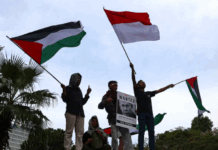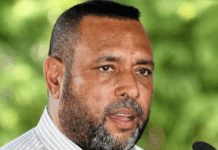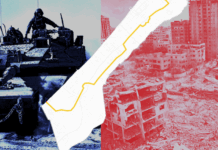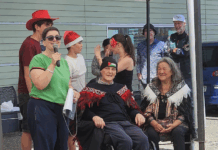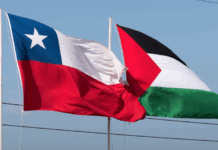Flashback: An EMTV News video report on the Bougainville peace.
By Fabian Hakalits in Arawa
It has been 16 years this week since the signing of an important blue print document that put an end to Bougainville’s civil war in Papua New Guinea.
The Bougainville Peace Agreement paved the way for lasting peace on the war-torn island following the 10-year conflict which erupted from disputes over the giant Panguna copper mine.
On August 30, 2001, the Bougainville Peace Agreement was signed in Arawa, Central Bougainville.
The agreement between the government of Papua New Guinea and the Autonomous Bougainville Government (ABG) was intended to further the objectives of the Burnham Truce, Lincoln and Ceasefire Agreements – brokered with New Zealand help – and other agreements.
It was aimed to be implemented through consultation and co-operation.
Three pillars of autonomy, referendum and weapons disposal were set as guidelines for the referendum conduct in 2019.
Several delegations from mainland Papua New Guinea visited Bougainville to restore the government’s trust and confidence to the people.
Call to surrender weapons
Among them was Papua New Guinea’s former Prime Minister, Bill Skate, who asked hardliners and warlords to surrender their weapons. This was documented in the Ceasefire Agreement.
Women were at the forefront, negotiating for peace.
The Peace Monitoring Group, comprising security forces from Australia, New Zealand, Vanuatu and Fiji were deployed on Bougainville in 1998. They monitored the peace agreement, reported on ceasefire violations, and supported the peace process and also involved in the weapon disposal programmes.
They withdraw their mission in 2000 in a ceremony at the Independence Oval in Arawa.
The signing of the Bougainville Peace Agreement in 2001 allowed the establishment of the ABG in 2005,with Joseph Kabui elected as the first president of the Autonomous Region of Bougainville.
It was a win-win solution but since 2005 the full implementation of the peace accord has never been realised.
One of the major issues was with the grants owed to Bougainville by the national government.
Outspoken President Momis
Chief John Momis, since elected as president in 2010, has been very vocal on Bougainville issues, especially the grants.
In 2014, Prime Minister, Peter O’Neill paid a goodwill visit to Bougainville.
However, the Joint Supervisory Meeting is another aspect giving value to the Bougainville Peace Agreement.
Since May last year there has been no meeting.
The new Bougainville Affairs Minister and Central Bougainville MP, Fr Simon Dumarinu said the JSB Meeting would be a priority and should be the first item on the agenda as the deadline looms.
Meanwhile, President Momis has reminded Bougainvilleans that the signing of this important blue print document paved the way for a lasting peace on the island.
Fabian Hakalits is Bougainville correspondent for EMTV News. This article was originally published by EMTV News and is republished here with permission.




